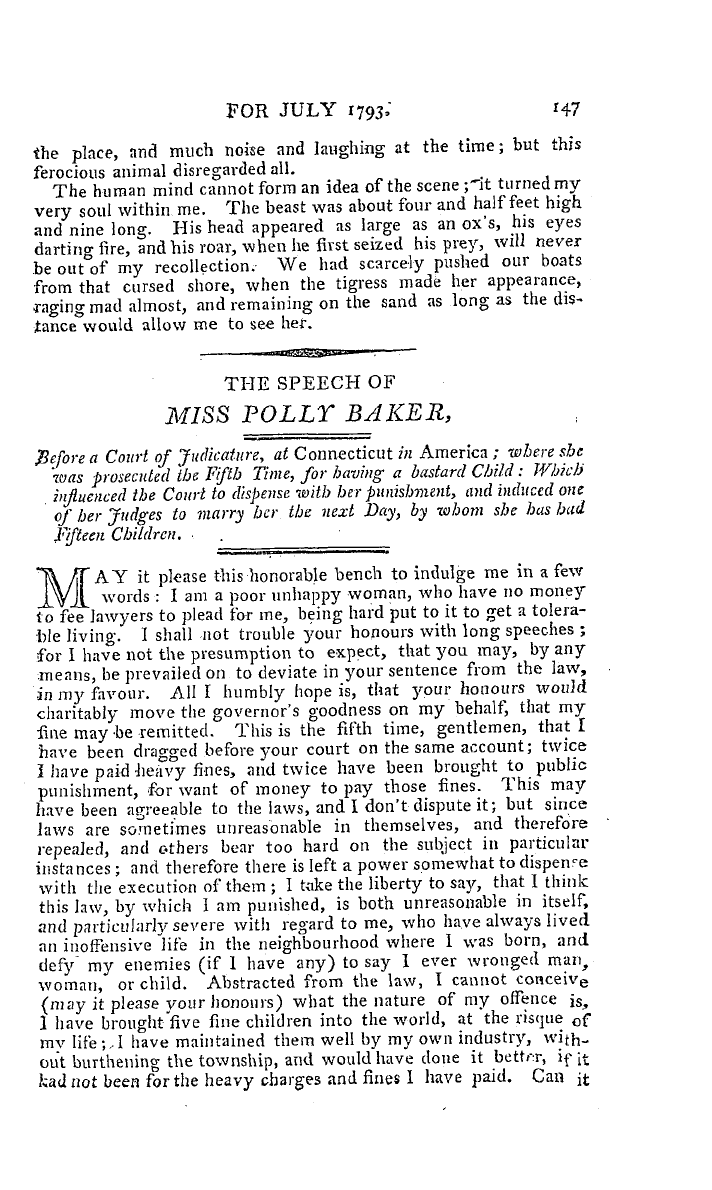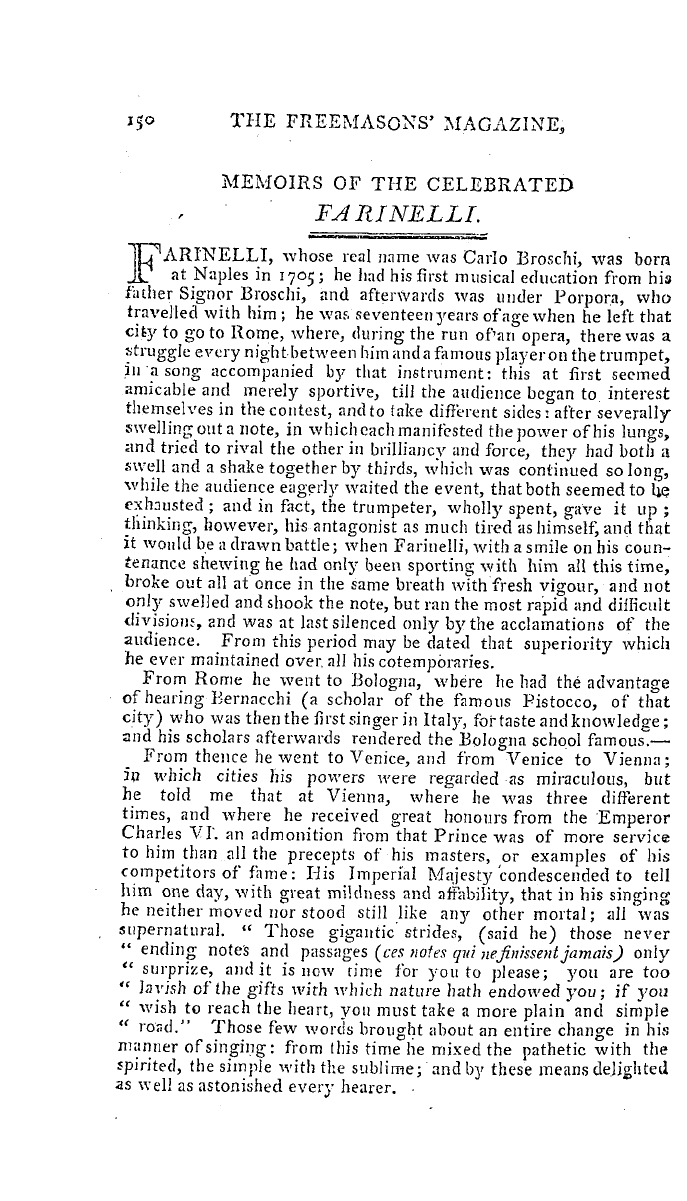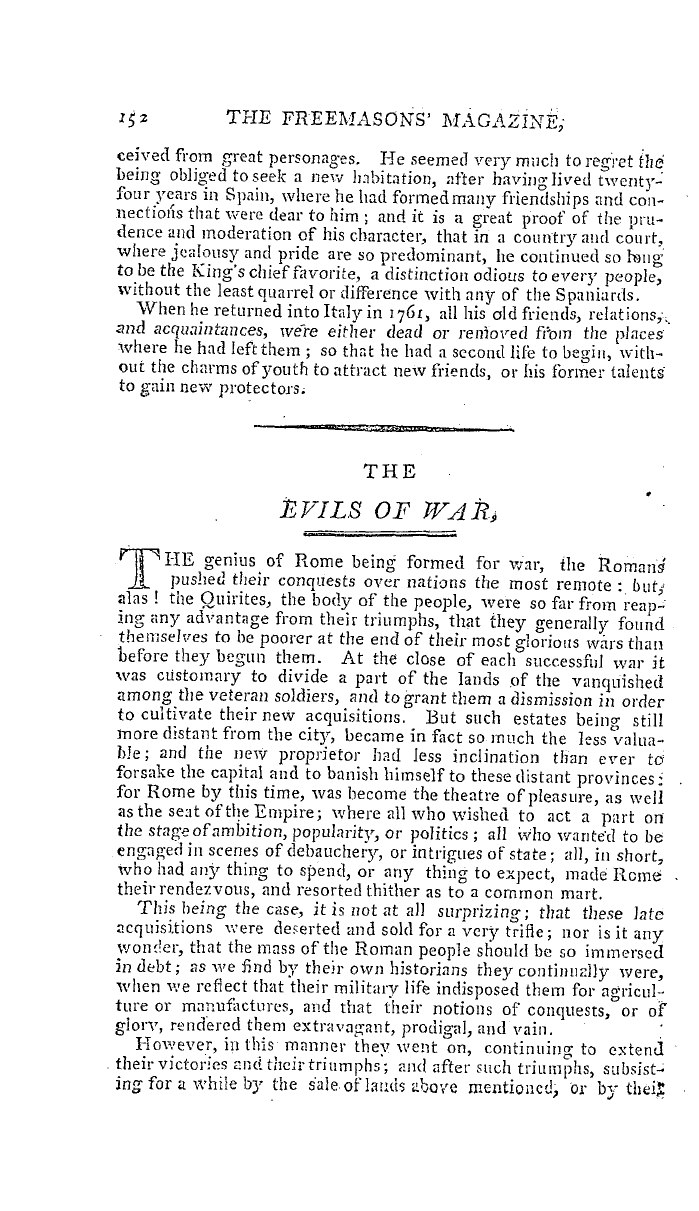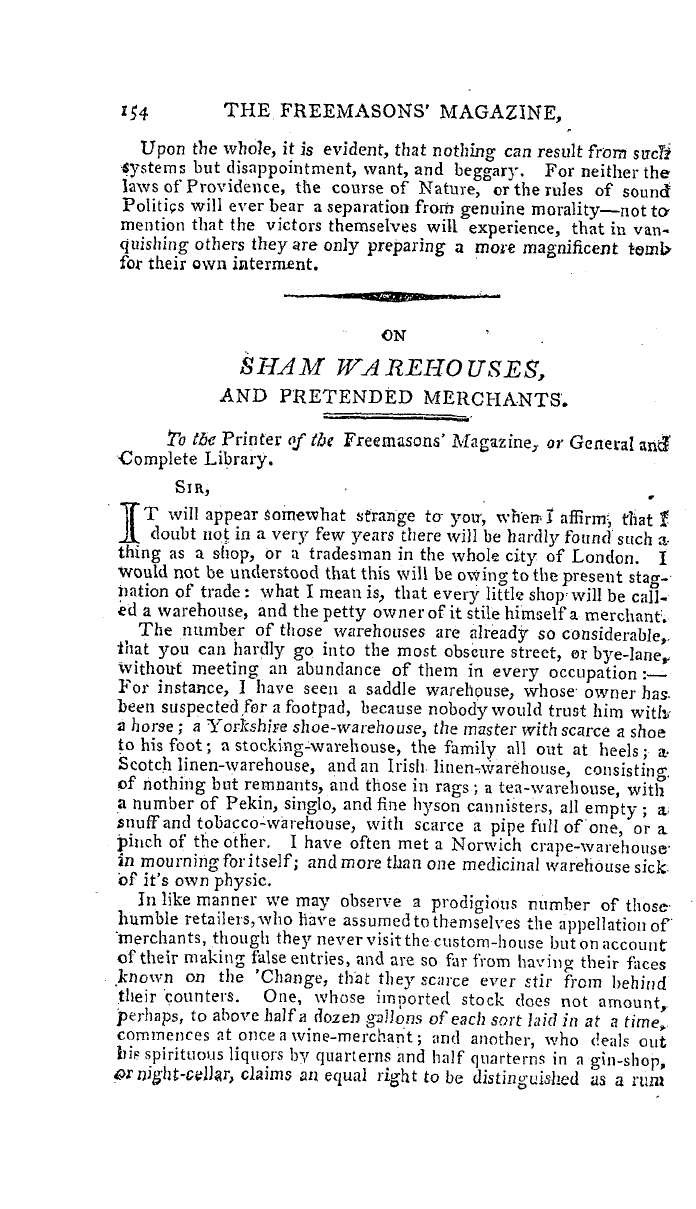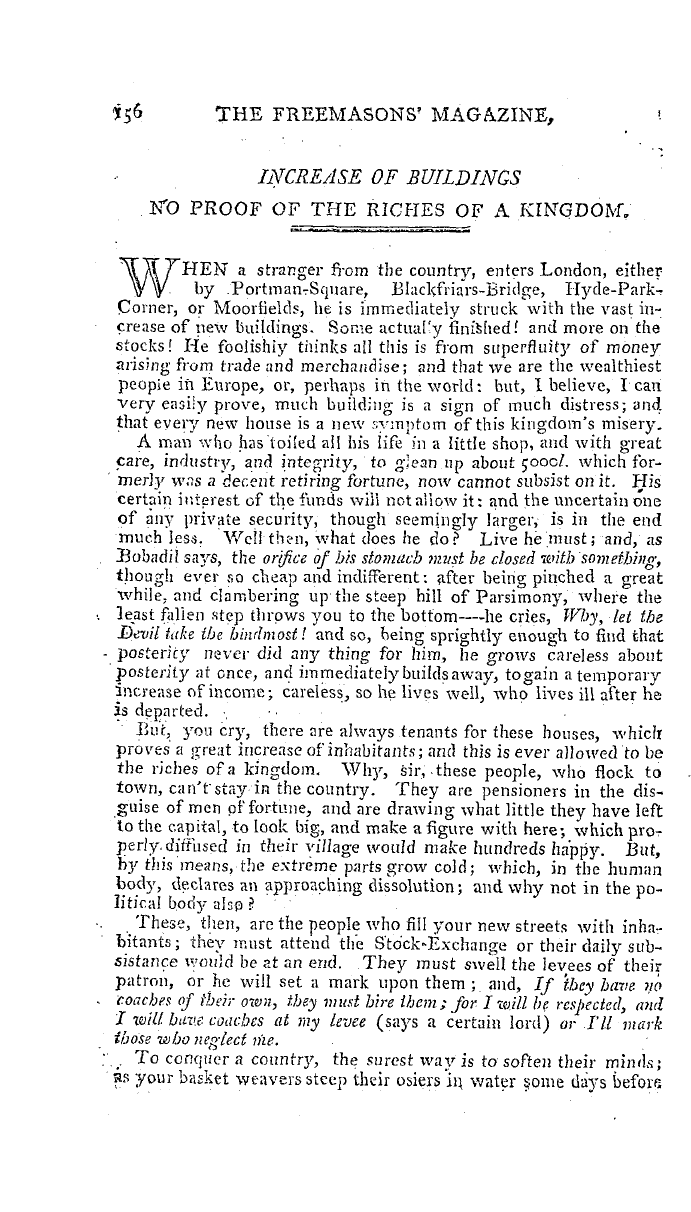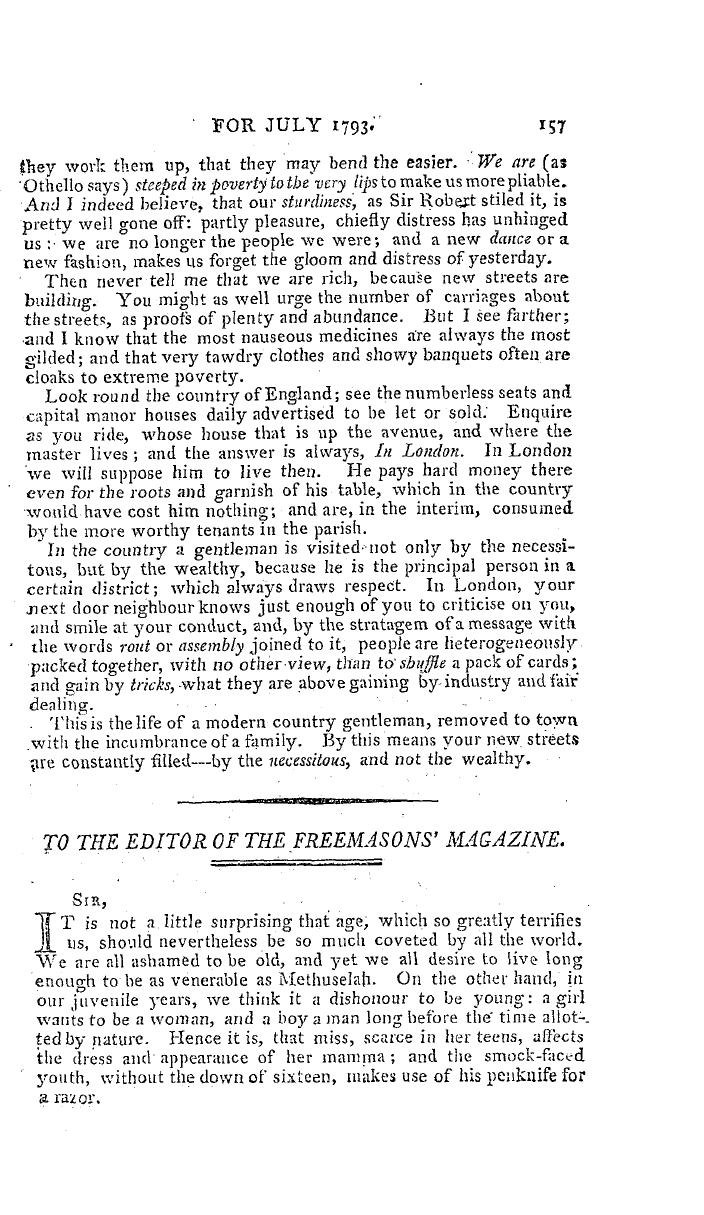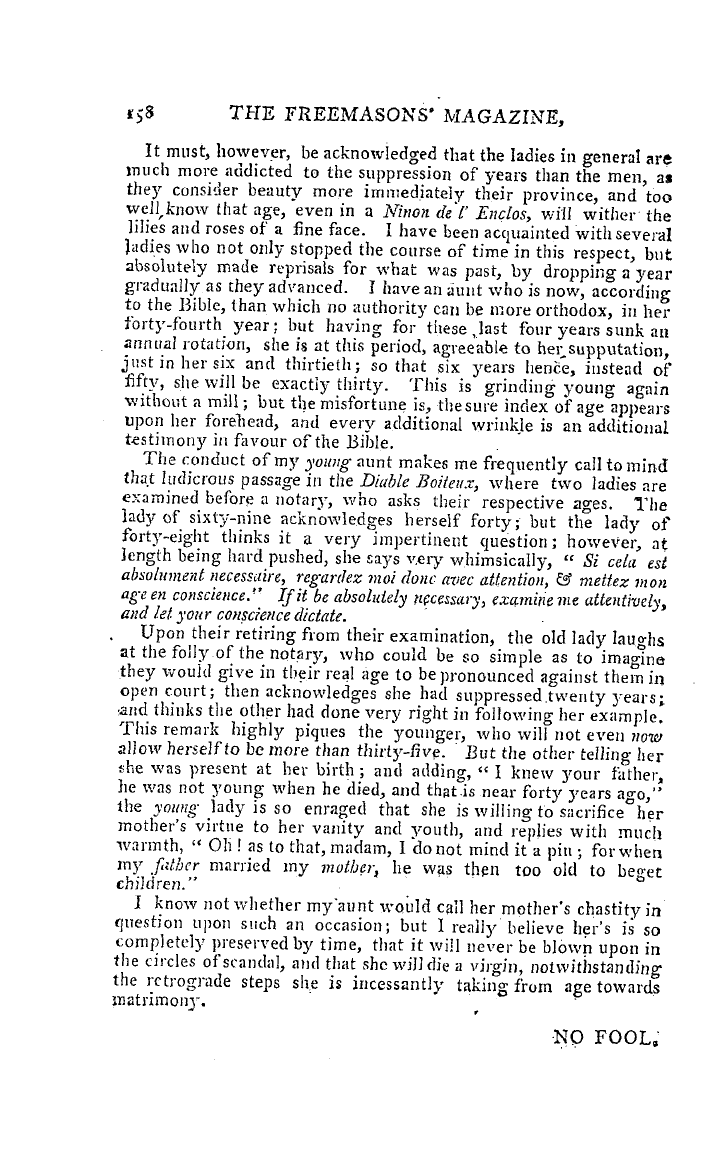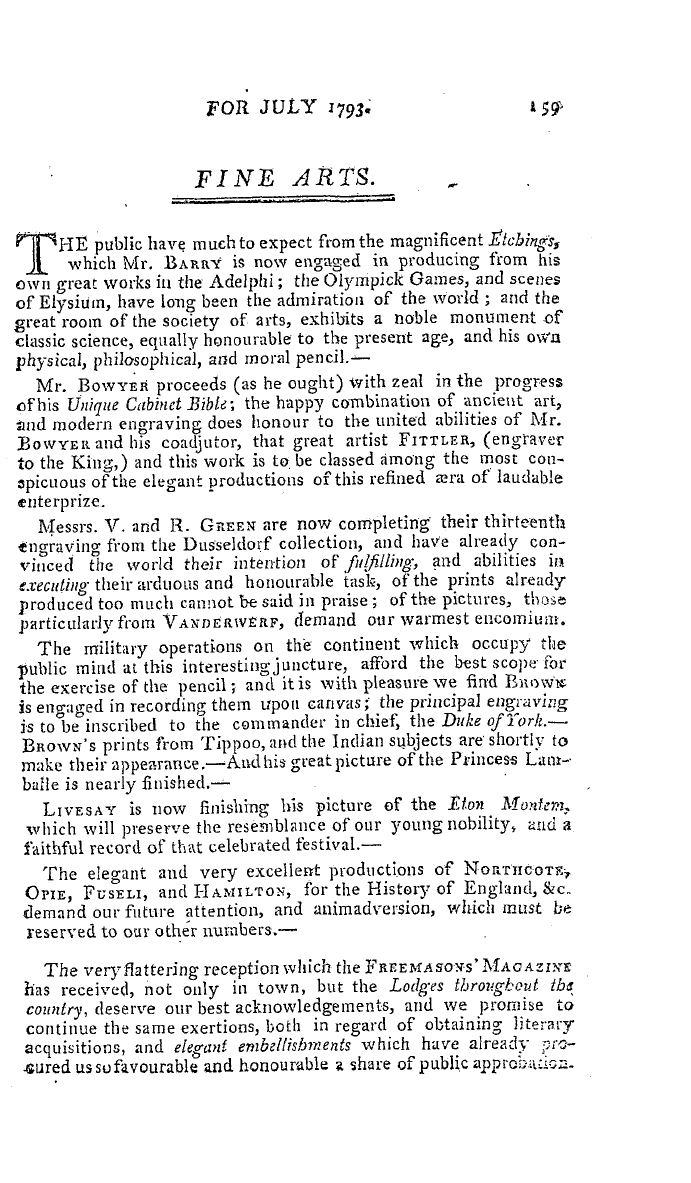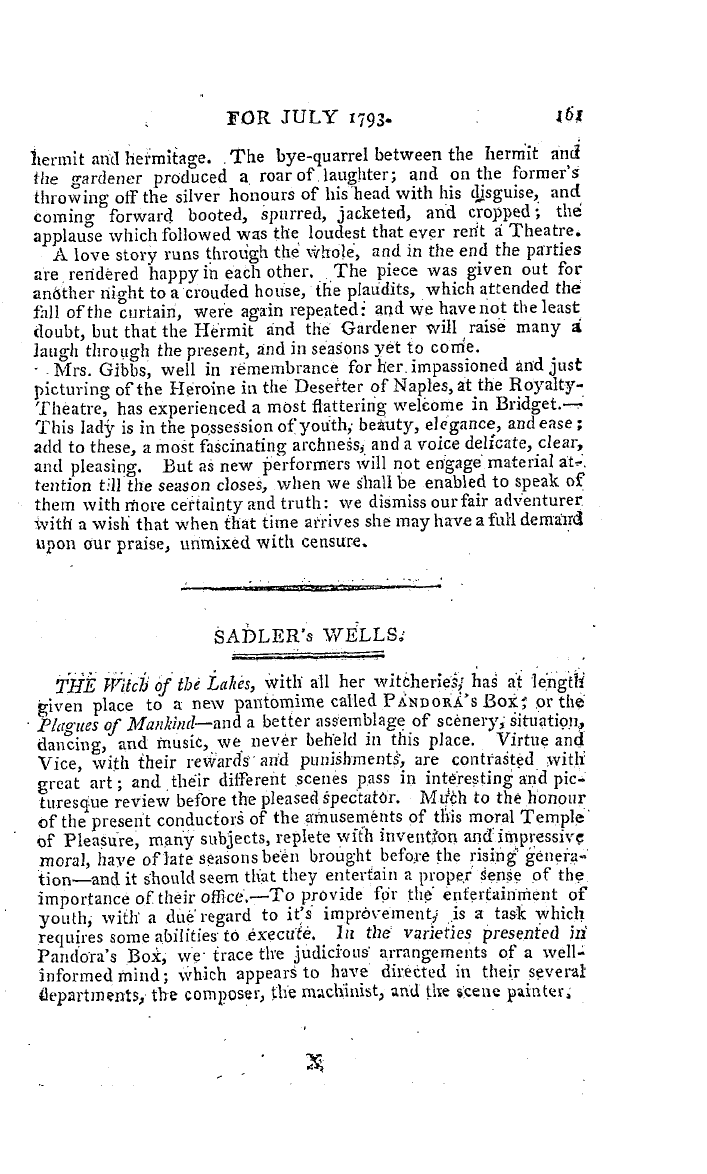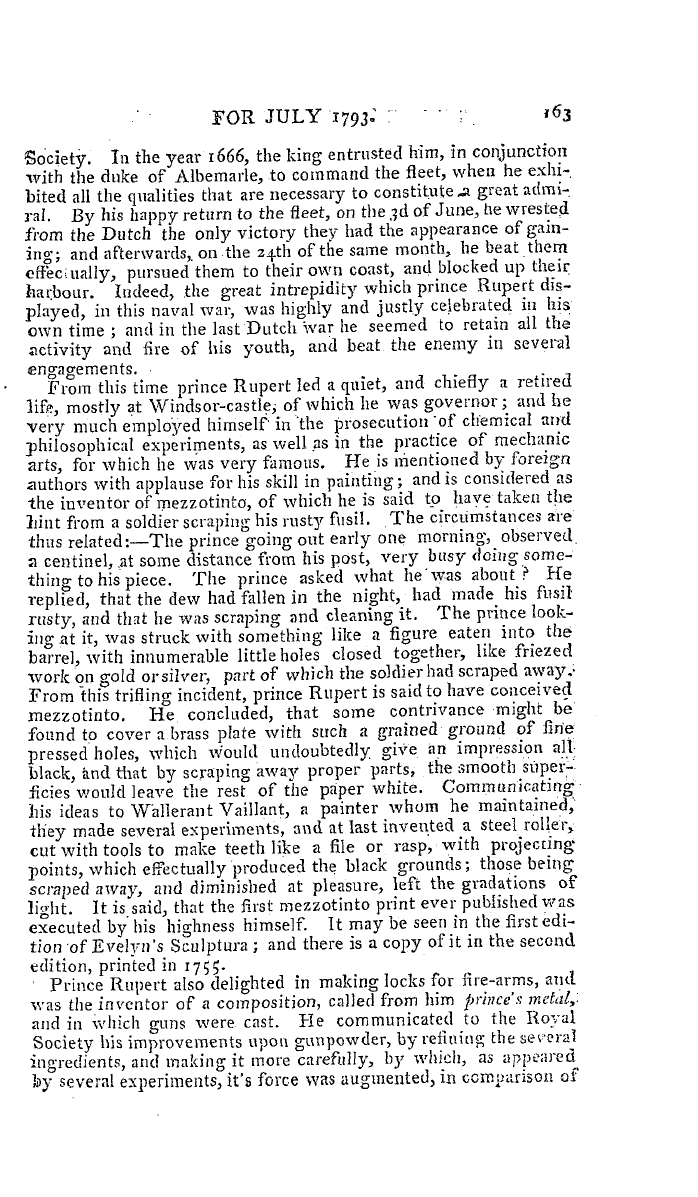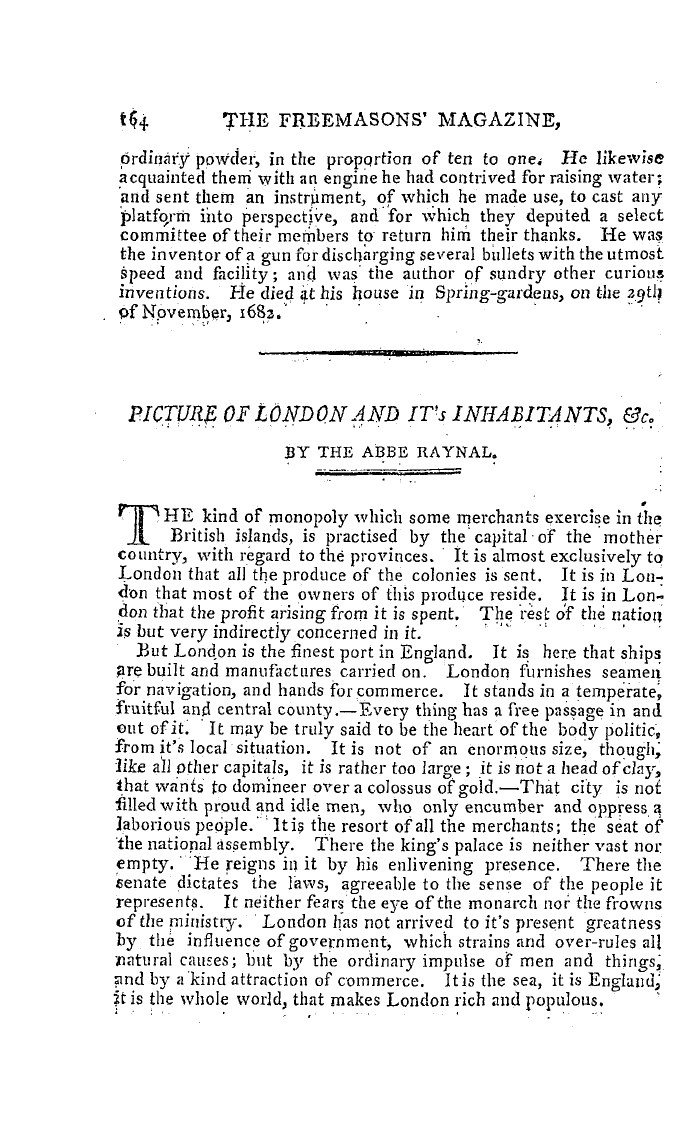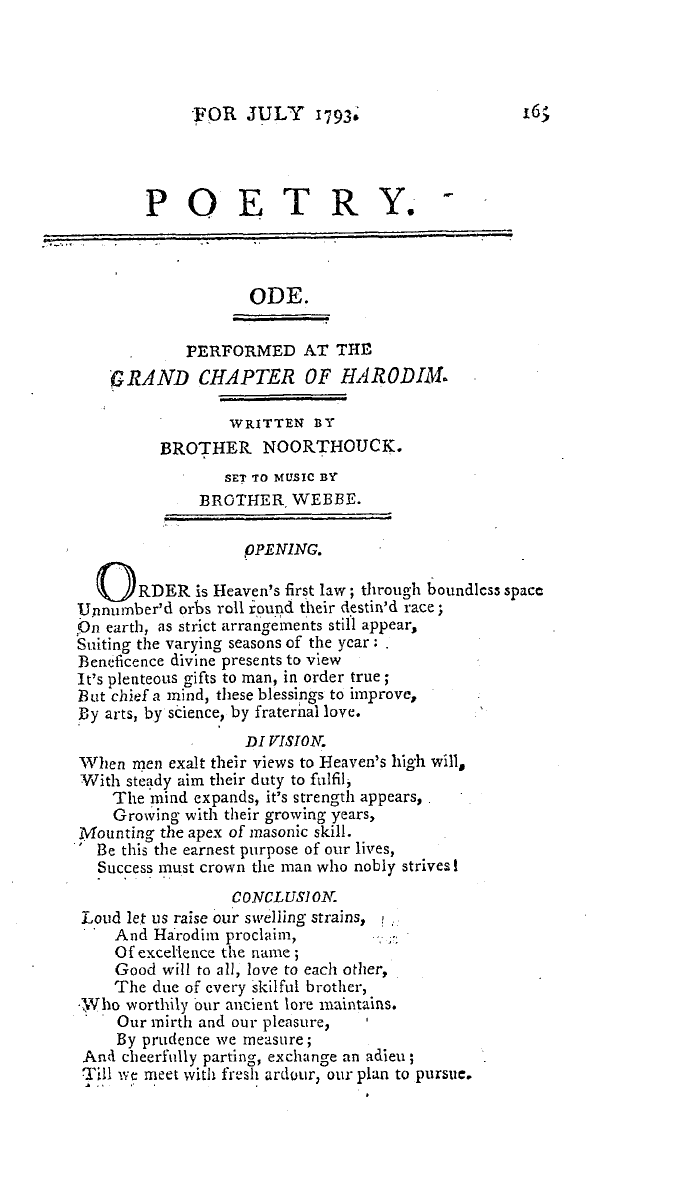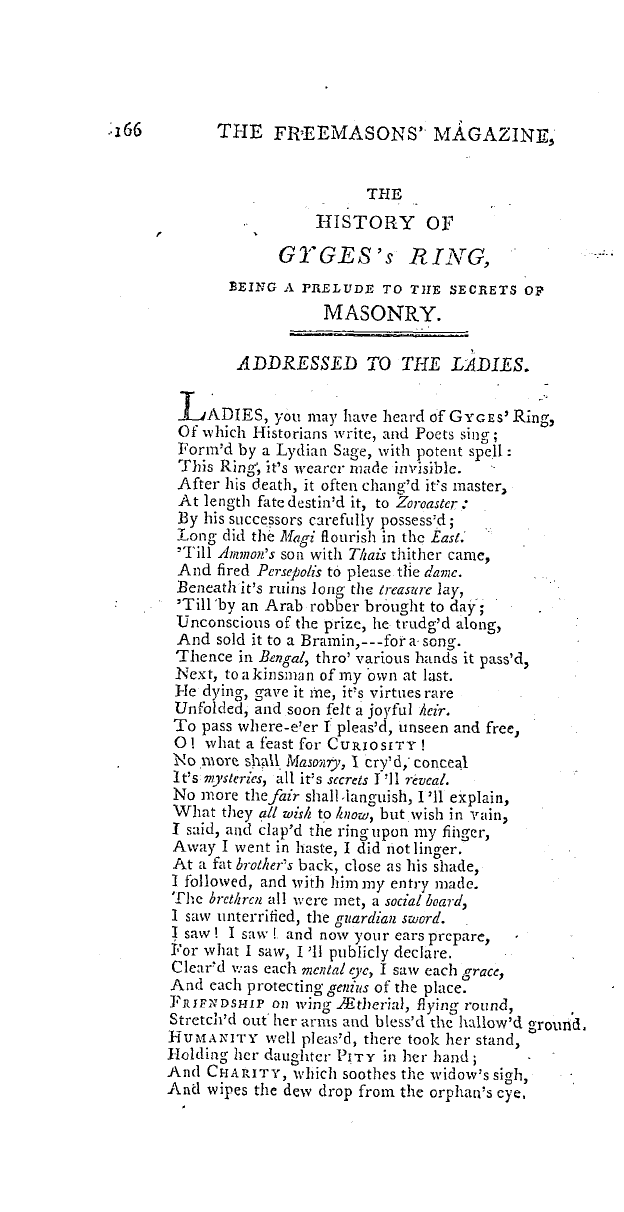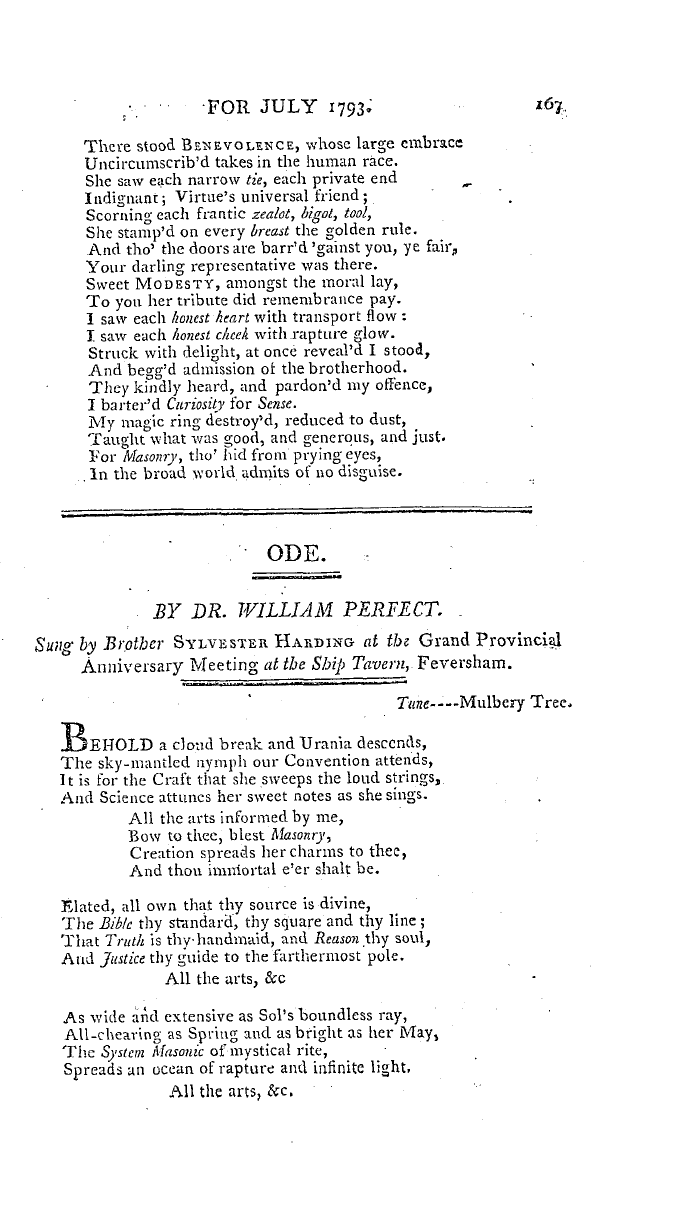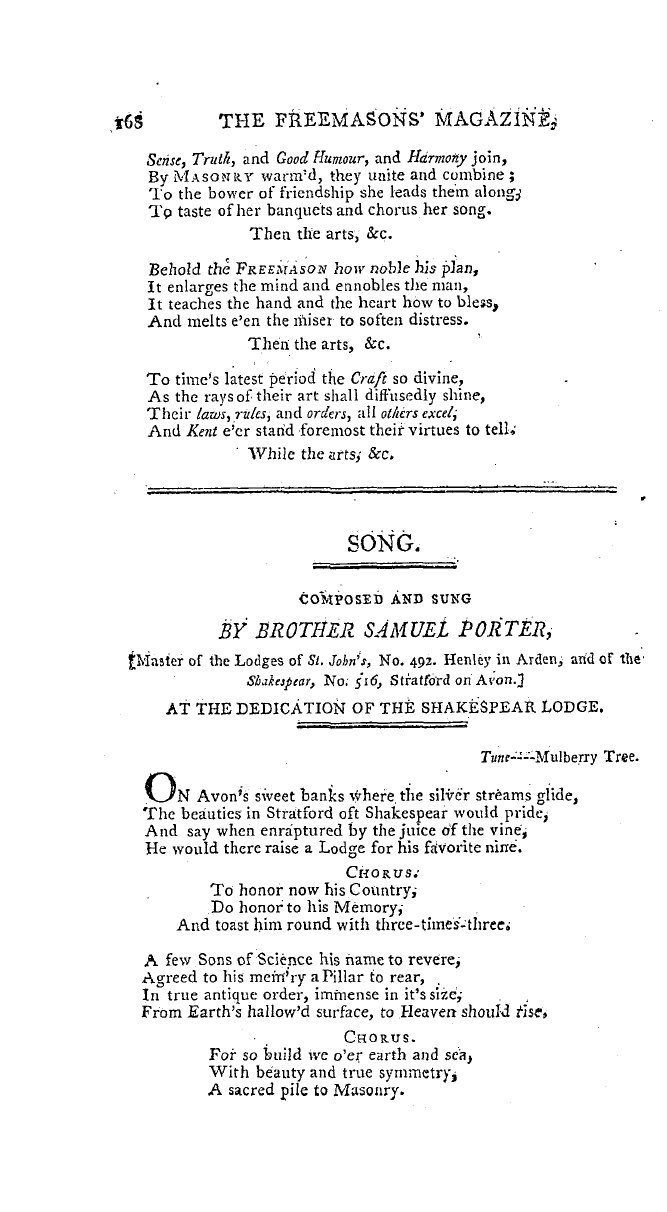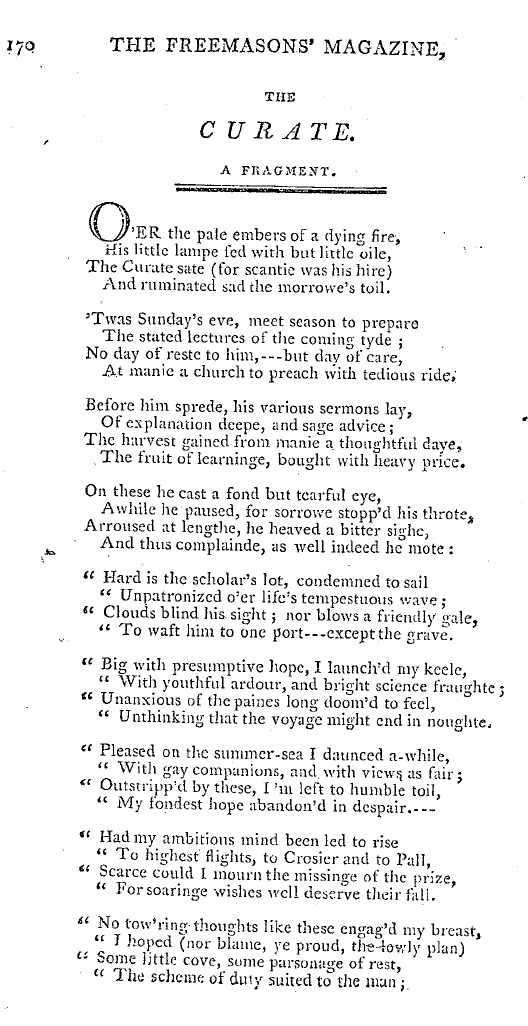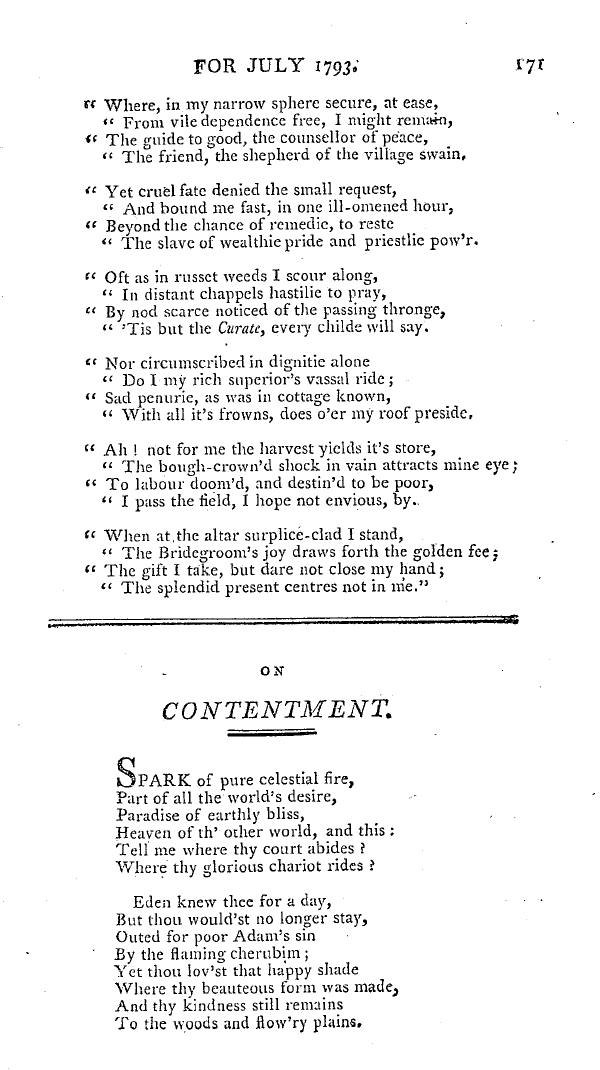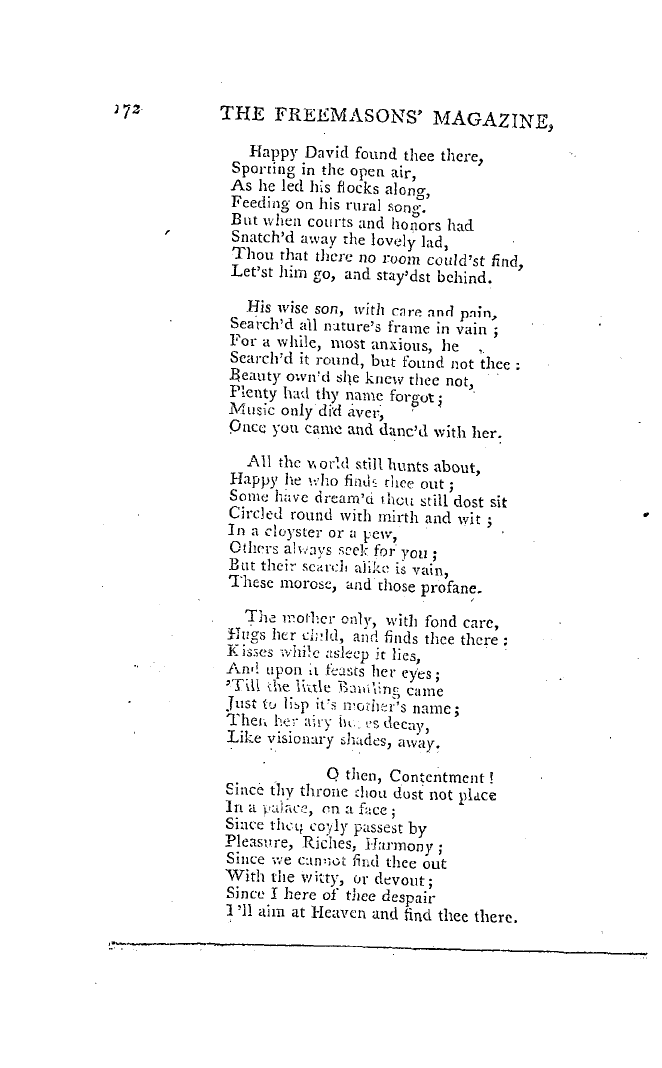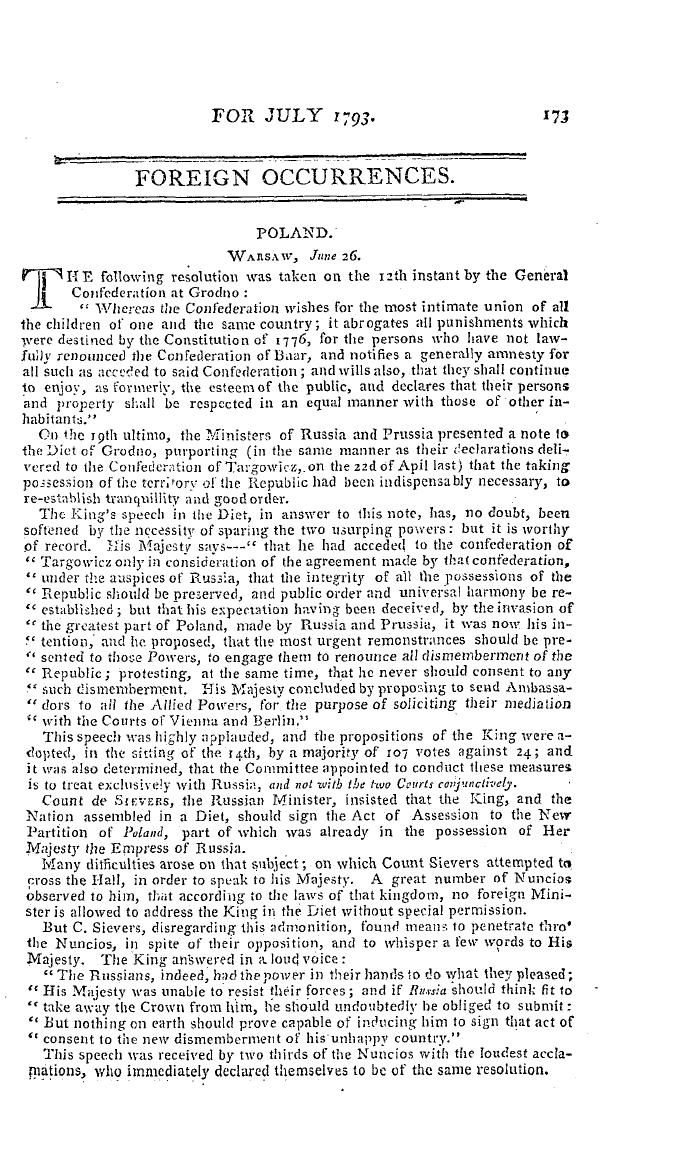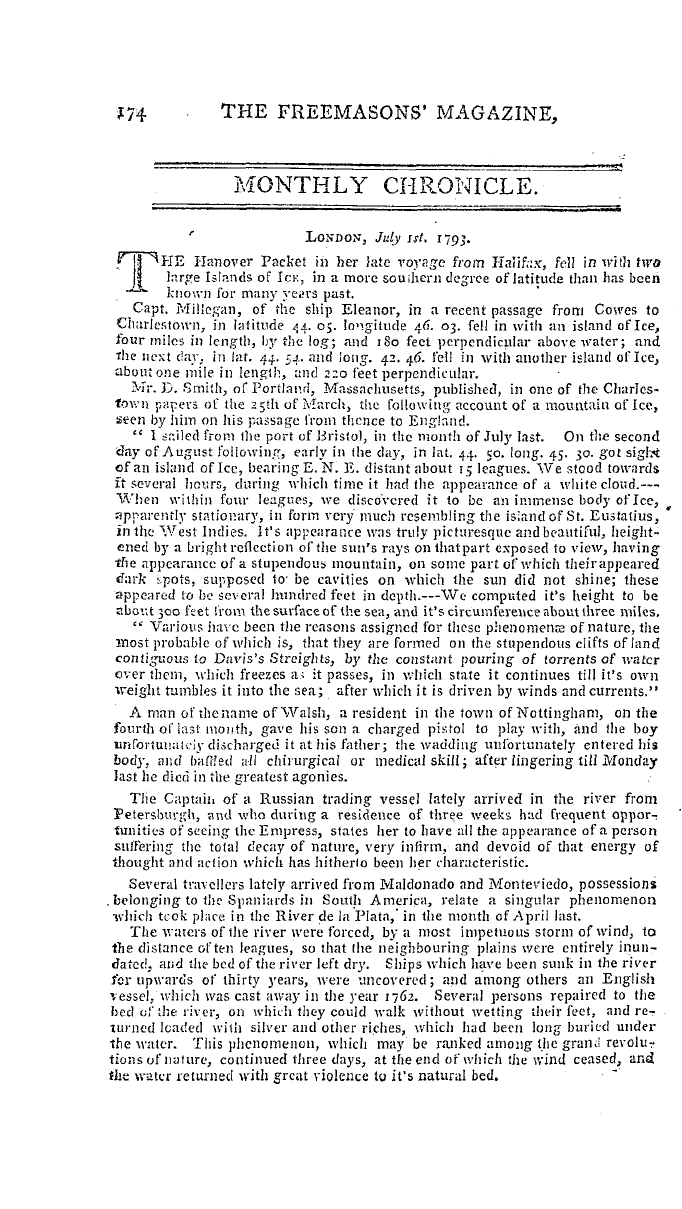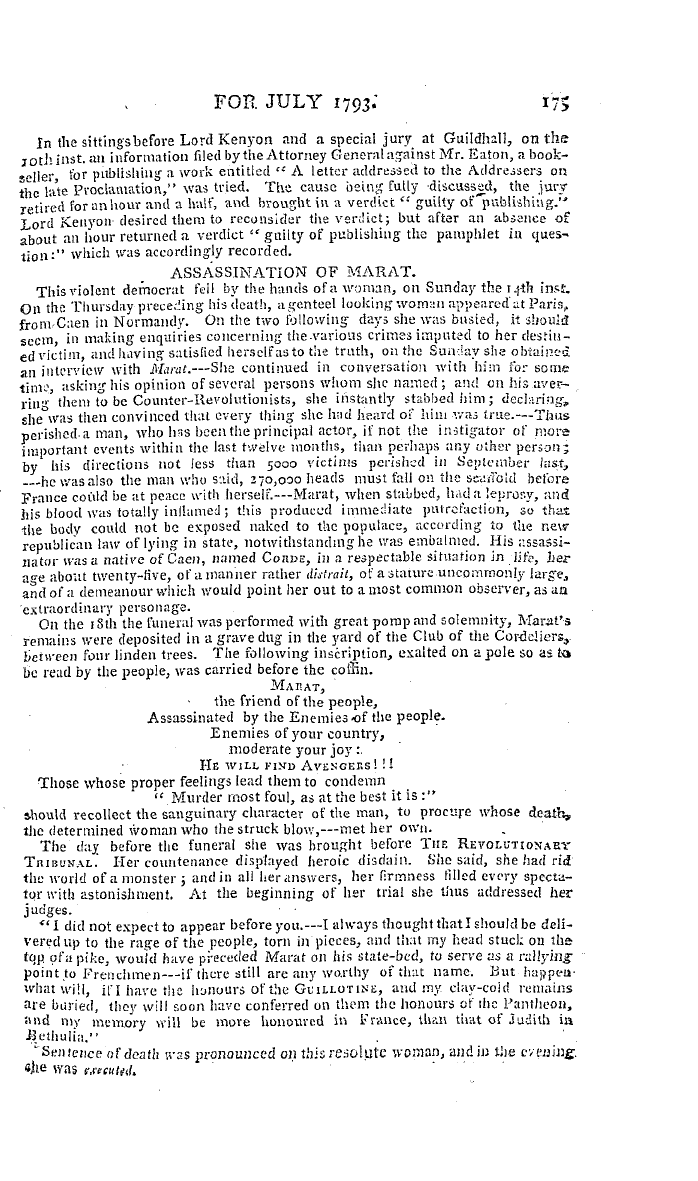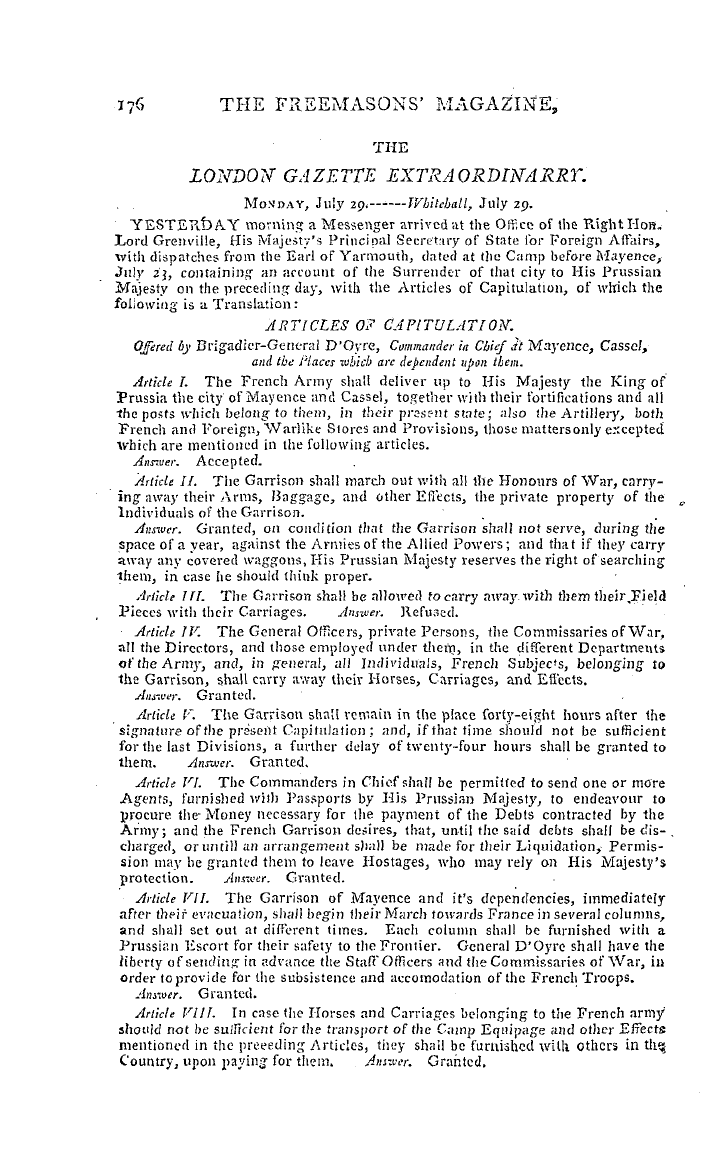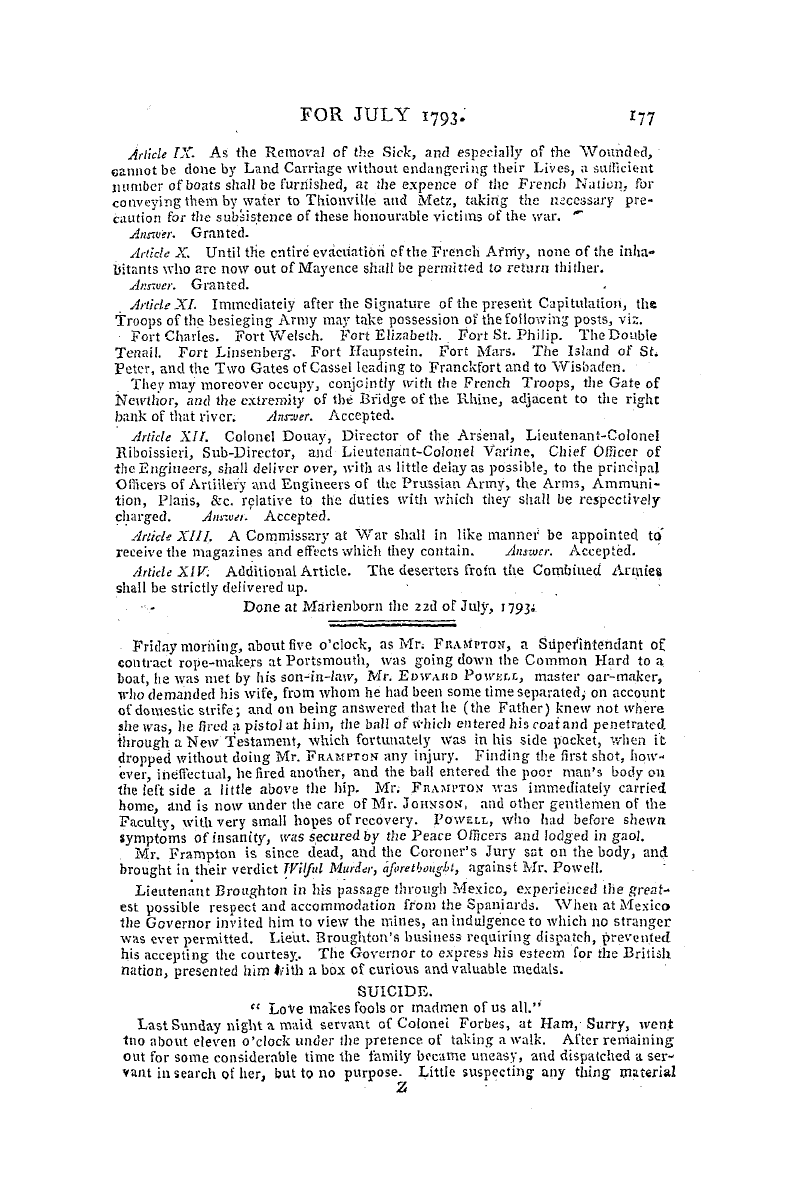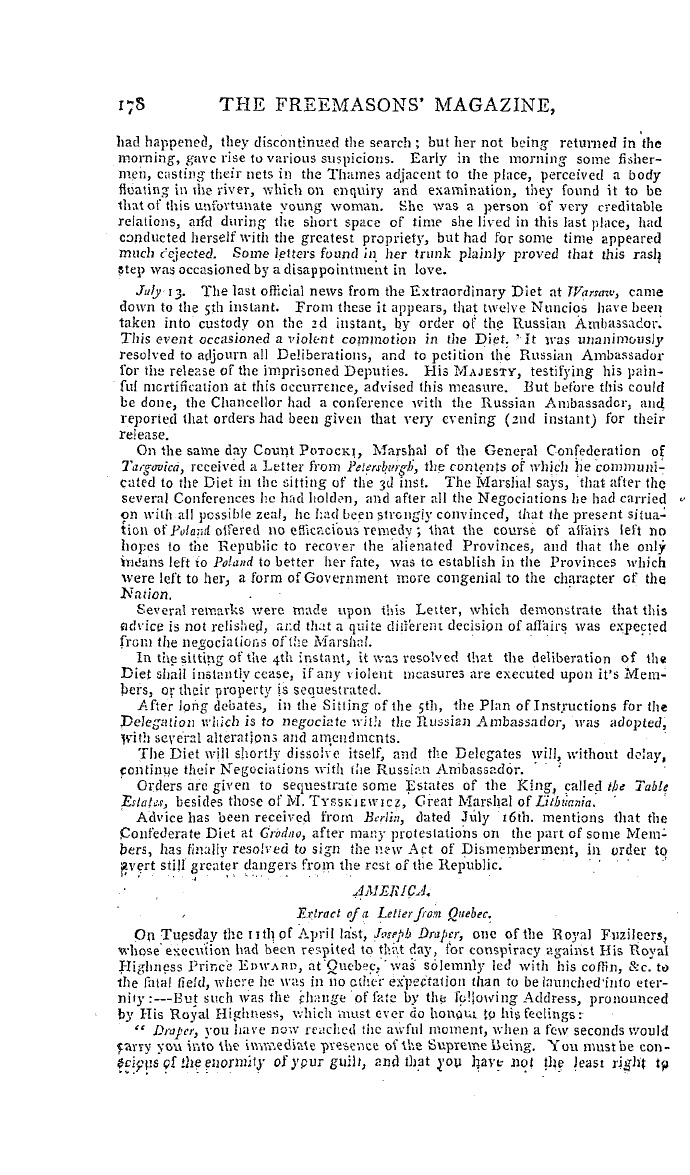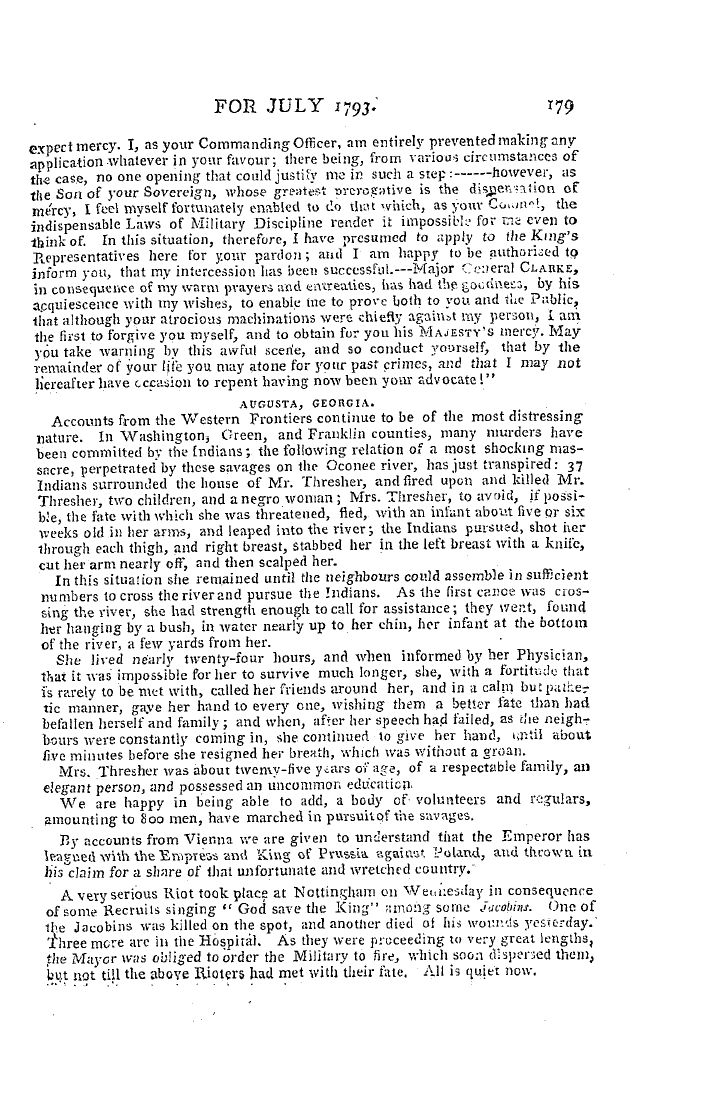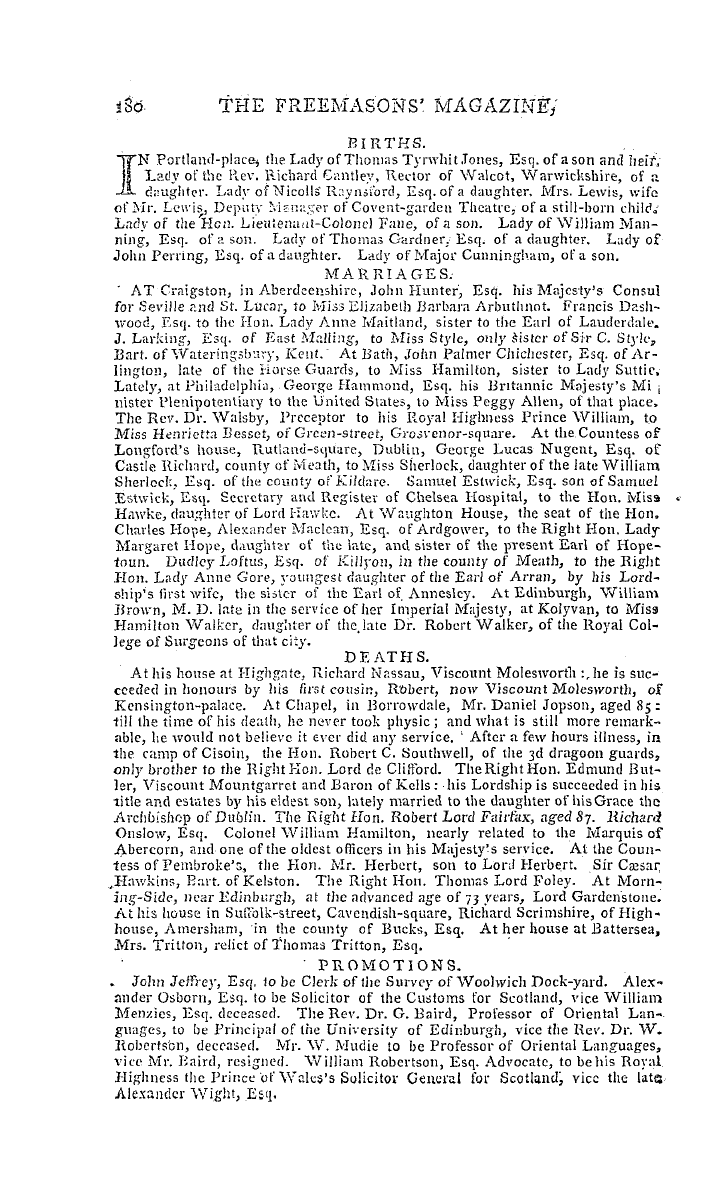Note: This text has been automatically extracted via Optical Character Recognition (OCR) software.
On The Sagacity Of A Spider; It's Structure And Properties Delineated.
it ' s captive , by which the motion of it ' s wings was stopped ; and when it was fairly hampered in this manner , it was seized and dragged into the hole . In this manner it lived in a precarious state , nature seeming to have fitted it for such a life ; for upon a single fly , it subsisted more than a week . I once put a wasp into the net : but when the
spider came out in order to seize it , as usual , upon -perceivinc what kind of an enemy it had to deal with , it instantly broke lill the bands that held it fast , and contributed all that lay in it ' s power to disengage so formidable an antagonist . When the wasp was at liberty ,- I expected the spider would have set about repairing the breaches that were made in it ' s net ; but those it seems ' were
irreparable , wherefore the cobweb was now intirc-ly forsaken , and a new one begun , which was completed in the usual time . 1 had now a mind to try how many webs a single spider could furnish . Whereupon I destroyed it , aiid the insect set about another . When I destroyed the other also , it ' s whole stock seemed exhausted , and it could spin no more . The arts it made use of to support itself now , were indeed surprizing . I have seen it roll up
Jt s legs like a ball , and lie motionless for hours together , but cautiously watching- all the time . When a fly happened to approach sufficiently near , it would dart out all at once , and often seize it ' s prey . Of this life , however , it soon began to grow weary , and resolved to invade the possession of some other spider ; which-it actually did with success . The insect I am now describing- lived three
j-ears : every year it changed it ' s skin , and got a new set of legs . I have sometimes plucked off a leg , which grey / again in two or three days . At first it dreaded my approach to it ' s web , but at last it became so familiar , as to take a fly from my hand , and upon rny touching any part of the web , would immediately leave it ' s hole , prepared either for a defence or an attack .
To complete this description , it may be observed , that the male spider is much less than the female , and the latter are oviparous . When they come to hy , they spread a part of the web under the eggs , and then roll them up carefully , as we roll up things in a cloth , and thus hatch them in their hole . If disturbed in their holes , they never attempt to escape without carrying- this younobrood in their forceps with them , and thus frequently ' fall a sacrifice to their parental affection .
Note: This text has been automatically extracted via Optical Character Recognition (OCR) software.
On The Sagacity Of A Spider; It's Structure And Properties Delineated.
it ' s captive , by which the motion of it ' s wings was stopped ; and when it was fairly hampered in this manner , it was seized and dragged into the hole . In this manner it lived in a precarious state , nature seeming to have fitted it for such a life ; for upon a single fly , it subsisted more than a week . I once put a wasp into the net : but when the
spider came out in order to seize it , as usual , upon -perceivinc what kind of an enemy it had to deal with , it instantly broke lill the bands that held it fast , and contributed all that lay in it ' s power to disengage so formidable an antagonist . When the wasp was at liberty ,- I expected the spider would have set about repairing the breaches that were made in it ' s net ; but those it seems ' were
irreparable , wherefore the cobweb was now intirc-ly forsaken , and a new one begun , which was completed in the usual time . 1 had now a mind to try how many webs a single spider could furnish . Whereupon I destroyed it , aiid the insect set about another . When I destroyed the other also , it ' s whole stock seemed exhausted , and it could spin no more . The arts it made use of to support itself now , were indeed surprizing . I have seen it roll up
Jt s legs like a ball , and lie motionless for hours together , but cautiously watching- all the time . When a fly happened to approach sufficiently near , it would dart out all at once , and often seize it ' s prey . Of this life , however , it soon began to grow weary , and resolved to invade the possession of some other spider ; which-it actually did with success . The insect I am now describing- lived three
j-ears : every year it changed it ' s skin , and got a new set of legs . I have sometimes plucked off a leg , which grey / again in two or three days . At first it dreaded my approach to it ' s web , but at last it became so familiar , as to take a fly from my hand , and upon rny touching any part of the web , would immediately leave it ' s hole , prepared either for a defence or an attack .
To complete this description , it may be observed , that the male spider is much less than the female , and the latter are oviparous . When they come to hy , they spread a part of the web under the eggs , and then roll them up carefully , as we roll up things in a cloth , and thus hatch them in their hole . If disturbed in their holes , they never attempt to escape without carrying- this younobrood in their forceps with them , and thus frequently ' fall a sacrifice to their parental affection .




























































